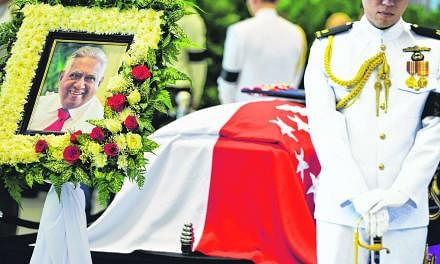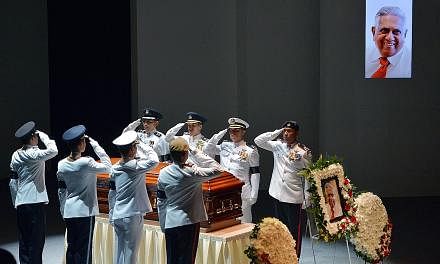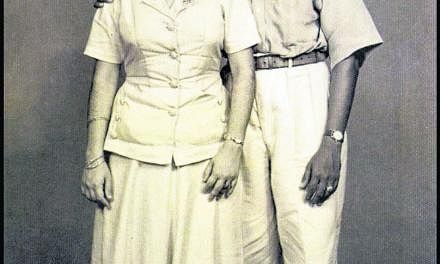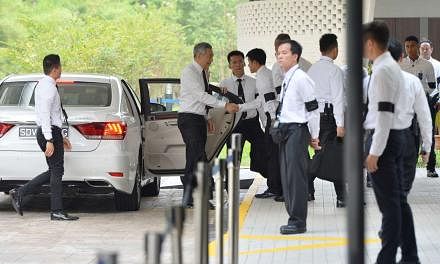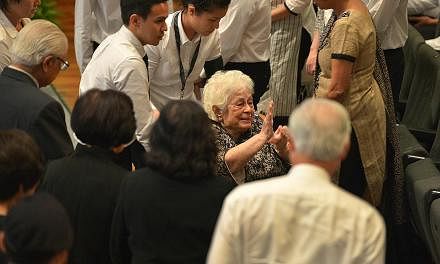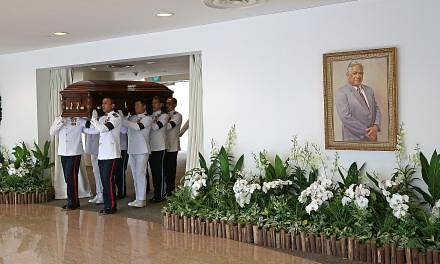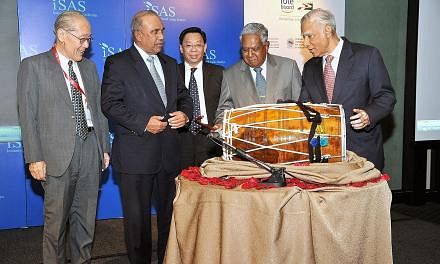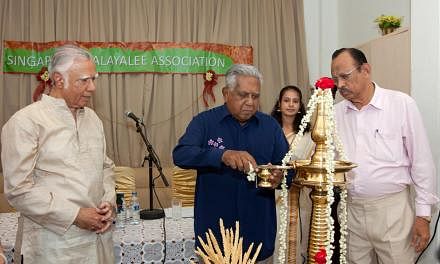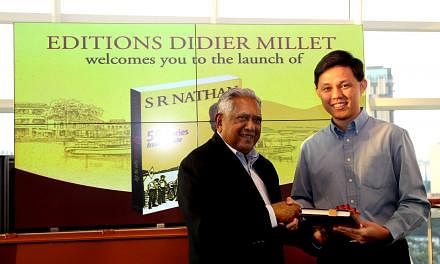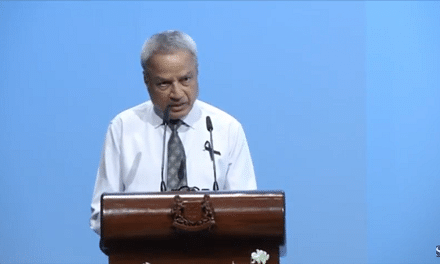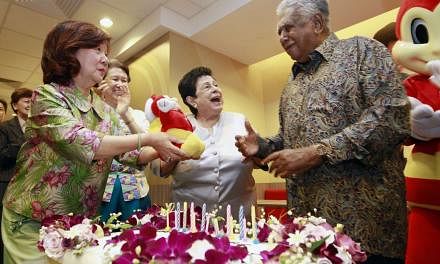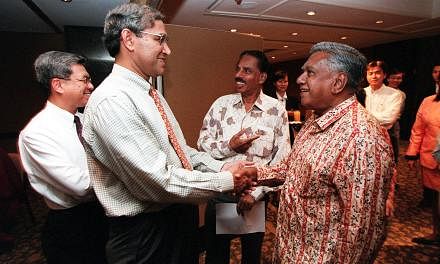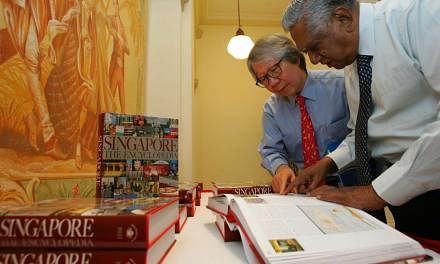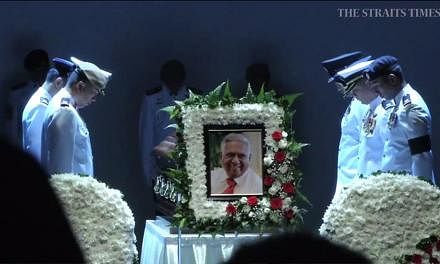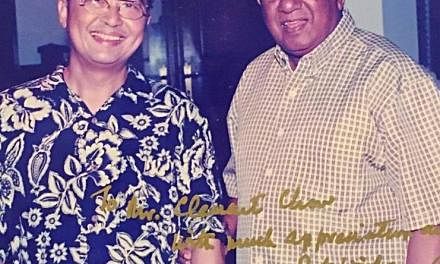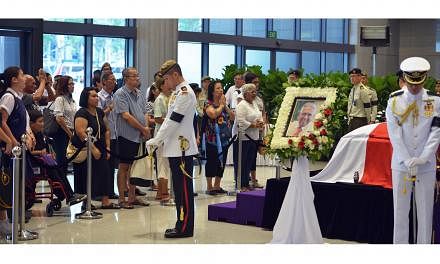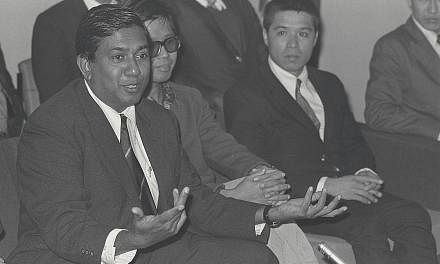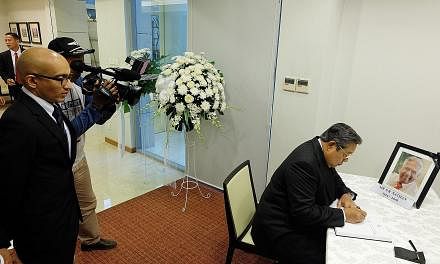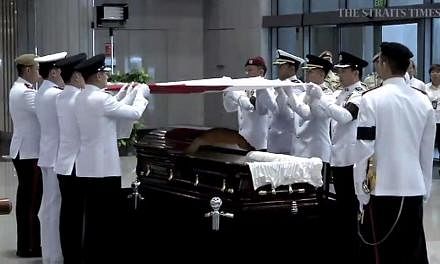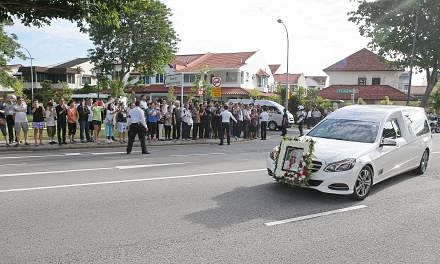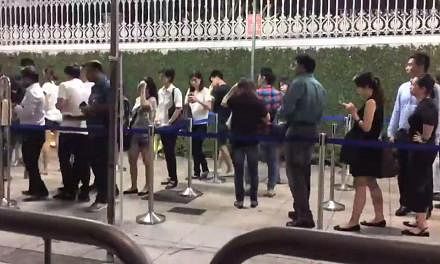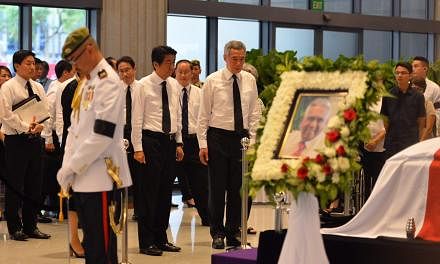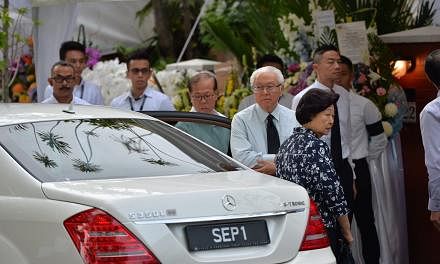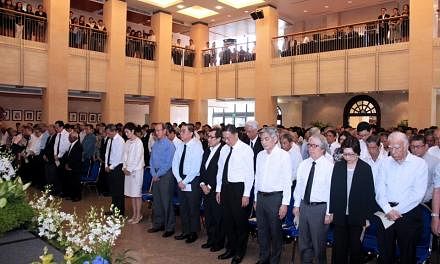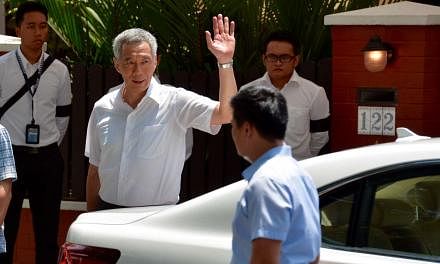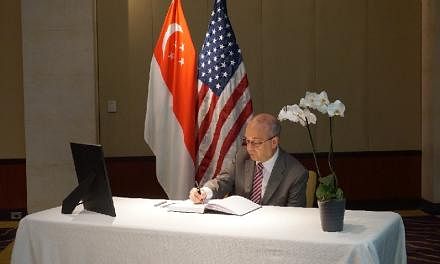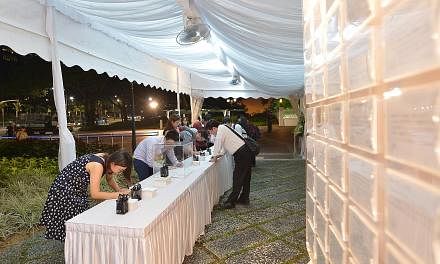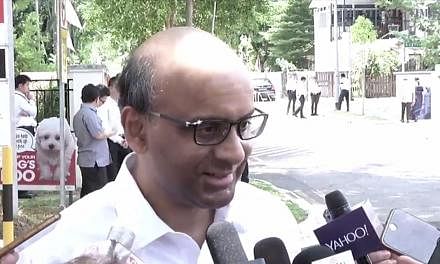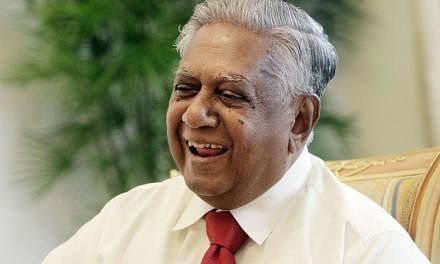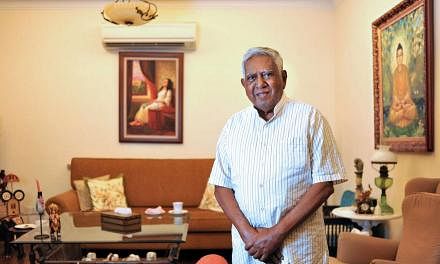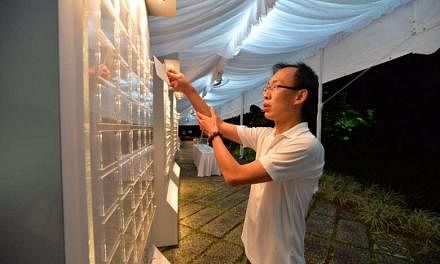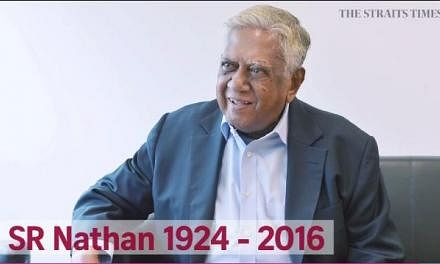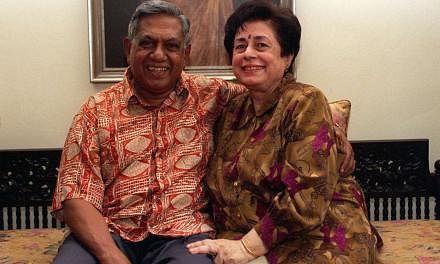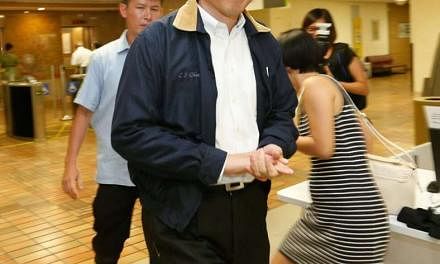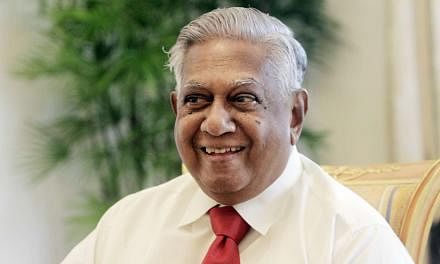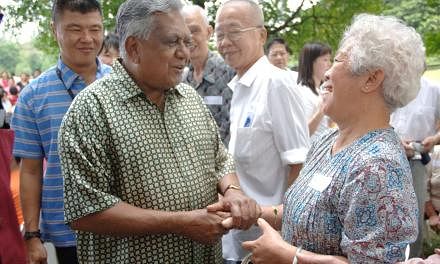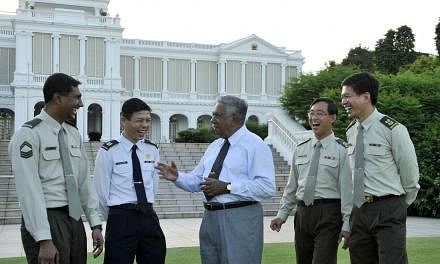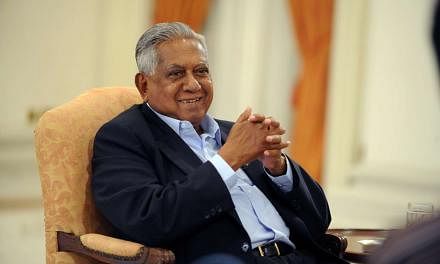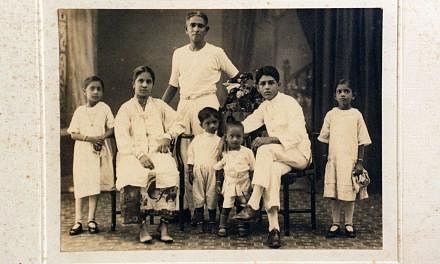SINGAPORE - A member of the generation that helped build modern Singapore, former president S R Nathan wore the mantle of a pioneer through most of his 40-year career as a civil servant.
He played a leading role in forming and shaping several fledgling organisations into the key institutions they are today.
But his legacy is most pronounced in the labour movement and international relations.
His talent for getting the job done emerged early in his career when he was seconded to the labour movement in 1962, a tumultuous time when unions were rife with pro-communist elements.
A welfare officer for maritime workers, he was sent to be the assistant director of the Labour Research Unit in the newly formed National Trades Union Congress (NTUC).
It was an "inflated job title" at a "mysterious, apparently non-existent organisation", he wrote later of the unit where he spent four years.
His complaint about not being consulted on the move, however, reached the ears of then Finance Minister Goh Keng Swee, who sternly gave him a quick lesson on the unit's role in the "life and death struggle" to stop the communists from taking over the unions and to get the unions aligned with the government-backed NTUC.
It was typical then for thousands to attend May Day rallies held by pro-communist unions in Farrer Park. Organisers of the non-communist unions' rallies at Jalan Besar Stadium, on the other hand, would tell spectators to space themselves out to give the impression of a much larger crowd.
Industrial unrest was widespread: 116 strikes took place in 1961, causing a loss of 410,889 man-days, a sharp rise from 152,005 man-days lost in the previous year.
Amid the turmoil, Mr Nathan knew he had to give in to workers' demands for a certain amount of militant labour action, to show he was on their side.
But at the same time, he was under pressure from government officials who expected industrial peace to attract foreign investors.
"The slightest effort by a union to raise issues of wages or working conditions often drew exaggerated complaints (from the employers) to the Economic Development Board, alleging serious contravention of earlier government assurances," he wrote in his 2011 book Winning Against The Odds: The Labour Research Unit In NTUC's Founding.
Mr Nathan successfully navigated through these turbulent times and rose to be the unit's director.
This navigational skill in advancing the national interest became the hallmark of his career.
Soon after Singapore separated from Malaysia on Aug 9, 1965, Mr Nathan found himself on the move again.
In February 1966, he was transferred to the barely formed Ministry of Foreign Affairs as an assistant secretary. He worked his way up to be deputy secretary as Singapore found its footing internationally.
In 1967, he was present at the birth of Asean, travelling with the Singapore delegation to Bangkok, where the foreign ministers of five South-east Asian countries - Malaysia, Indonesia, the Philippines, Singapore and Thailand - launched the regional grouping. It now has 10 member countries.
Mr Nathan was to return to the ministry again and again.
In 1979, eight years after he left, he came back as its First Permanent Secretary for three years until he retired from the civil service in 1982.
But not long after, he was called back to head two of Singapore's most important foreign missions. He was High Commissioner to Malaysia from 1988 to 1990 and Ambassador to the United States from 1990 to 1996.
The year before he took up the post in Kuala Lumpur, relations with Malaysia were strained following the official visit to Singapore by then Israeli President Chaim Herzog in November 1986.
Malaysians held street protests against the visit, accusing Singapore of being insensitive to the feelings of Muslims, who sympathised with Palestine in its conflict with Israel.
Similarly, in 1994, relations with the US turned sour when Singapore caned American teenager Michael Fay for vandalism. As major US newspapers assailed Singapore, Mr Nathan went on popular TV talk show Larry King Live, and held his own against the host in defending Singapore's rule of law and caning.
Prime Minister Lee Hsien Loong, in paying tribute to Mr Nathan's contribution to diplomacy, said at his 90th birthday celebration: "His combination of charm and toughness proved invaluable in building up our diplomatic networks. We were a small and newly independent country. There was no Singapore brand name. People thought Singapore was somewhere in China.
"We needed resourceful people to establish ourselves internationally, and to break out beyond our less-than-friendly neighbourhood."
Likewise, when the Government needed to build up the Defence Ministry's Security and Intelligence Division in 1971, Mr Nathan was "at the top of the shortlist because his savviness, judgment and moral courage were essential for the role", Mr Lee added.
He was its director for nearly eight years and is best remembered for his calm and courageous handling of Singapore's first terrorist attack: The Laju hijacking. Four men armed with sub-machine guns and explosives attacked an oil refinery and hijacked the ferry Laju, holding five crew members hostage.
Over eight days, Mr Nathan negotiated with them and secured the release of the hostages. In exchange, he agreed to lead a delegation of 13 government officials as guarantors of their safe passage to Kuwait.
"It was quintessential Mr Nathan: Always placing country before self," Mr Lee had said.
By 1982, Mr Nathan seemed to have become the Government's go-to person for ironing out troubling matters. Its relations with The Straits Times were tense and Mr Nathan was appointed executive chairman of The Straits Times Press (1975) company.
His appointment was greeted with suspicion by journalists, who saw it as a move by the Government to restrict press freedom and wore black armbands in protest.
But he did not turn to "administrative clean-ups, arbitrary disciplinary measures or dismissals". Instead, he took time to understand the concerns of journalists and newsmakers alike, he wrote in his 2011 memoirs, An Unexpected Journey: Path To The Presidency.
Recalling this "complex" episode years later in a 2010 interview, he said: "I'd seen bigger strikes than that! They were only wearing black armbands and jumping about.
"But when they saw I was not doing what they expected me to do, they began to have confidence."
For Mr Nathan, there was only one answer to the numerous tricky assignments he confronted as a public servant: Understand what had to be done and do his best to fulfil it.
It was with this attitude that he had accepted one of his first civil service postings as a seaman welfare officer and the future tasks he would be assigned.
Before his stint with The Straits Times Press (1975), founding Prime Minister Lee Kuan Yew briefed him on what was expected of him. Mr Nathan kept silent and Mr Lee remarked that he had said nothing.
Describing the episode in his memoirs many years later, Mr Nathan recalled his response: "Sir, you have told me what to do. Also what I should not do. What is there for me to say? I'll try."


